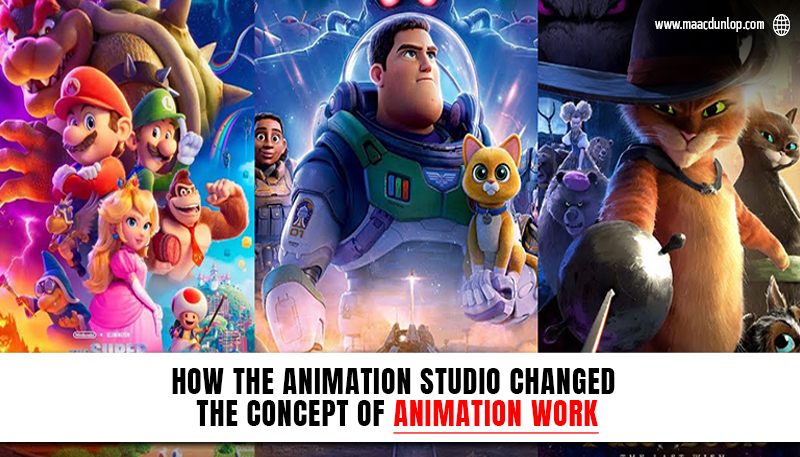Introduction:
The animation industry has undergone an explosive transformation over the past century, evolving from simple flip books to sophisticated computer-generated imagery (CGI). At the heart of this evolution are animation studios, which have revolutionized the technology behind animation and redefined the very nature of animation work. Animation has undergone huge success in the city of Joy and also produced the largest number of animators statically. This required the guidance of the top animation institute in Kolkata their guidance helped them to reach success. Let’s delve into how these studios have changed the landscape of animation.
The Early Days: Hand-Drawn Animation
In the early 20th century, animation was a painstakingly manual process. Artists drew each frame by hand, with the famous 24 frames per second standard requiring immense labor and time. Studios like Disney, Warner Bros., and Fleischer Studios were pioneers, bringing characters like Mickey Mouse and Bugs Bunny to life. The introduction of the multi-plane camera by Disney allowed for more depth and dynamism, pushing the boundaries of what was possible in animation.
The Golden Age: Innovation and Storytelling
During the mid-20th century, animation studios began focusing on storytelling as much as technical prowess. Disney’s “Snow White and the Seven Dwarfs” (1937) marked the first full-length animated feature film, setting a high bar for narrative complexity and character development. Studios became hubs of creativity, employing writers, artists, and musicians to create immersive worlds and compelling stories.
The Digital Revolution: From 2D to 3D
The late 20th century saw the advent of digital technology, which transformed animation work. Pixar, founded in 1986, was a trailblazer in this era, with “Toy Story” (1995) being the first feature-length film entirely created using CGI. This shift from 2D to 3D animation allowed for greater realism and opened up new possibilities for animators.
Digital tools like Autodesk Maya and Adobe After Effects became industry standards, enabling animators to work faster and more efficiently. The laborious process of hand-drawing each frame was replaced with modeling, rigging, and animating in a digital environment. This not only reduced production time but also allowed for more complex and detailed animations.
The Collaborative Environment: Studios as Creative Ecosystems:
Modern animation studios have evolved into collaboration ecosystems where artists from various disciplines work together. This multidisciplinary approach has led to the creation of rich, multifaceted projects. Studios of MAAC Dunlop Animation in Kolkata have thrived by fostering environments where animators, writers, voice actors, and musicians collaborate seamlessly.
There are several animation institutes that lead to one of the successful
Moreover, the global nature of the animation industry has led to international collaborations, bringing diverse artistic influences together. Studios often outsource work to different countries, leading to a blend of styles and techniques that enrich the final product.
Technological Advancements: VR, AR, and Beyond
The future of animation is being shaped by emerging technologies such as virtual reality (VR) and augmented reality (AR). Studios are experimenting with VR to create immersive experiences, allowing viewers to step inside animated worlds.
AR is being used in apps and games, blending animated elements with the real world.
Motion capture technology has also become integral, allowing animators to create more lifelike characters by capturing the nuances of human movement. Studios like Weta Digital and ILM have pushed the boundaries of what’s possible, creating characters that blur the line between animation and reality.
The Democratization of Animation: Indie Studios and Online Platforms:
The rise of indie animation studios and online platforms like YouTube, Vimeo, and Kickstarter has democratized the animation industry. Small studios and independent animators can now reach global audiences without the need for traditional studio backing. This has led to a surge in diverse and experimental content, challenging mainstream studios to innovate continually.
Online platforms have also changed how animators work, allowing for remote collaborations and the sharing of resources and knowledge across the globe. This interconnectedness has accelerated the pace of innovation and creativity in the industry.
Conclusion:
Animation studios have been at the forefront of transforming the animation industry, from hand-drawn beginnings to the digital age and beyond. The best animation courses in top animation institute in Kolkata have redefined animation work by integrating new technologies, fostering collaborative environments, and embracing global and indie contributions. As technology continues to evolve, the future of animation promises even more groundbreaking advancements, with studios leading the charge into new, uncharted territories of storytelling and creativity.





